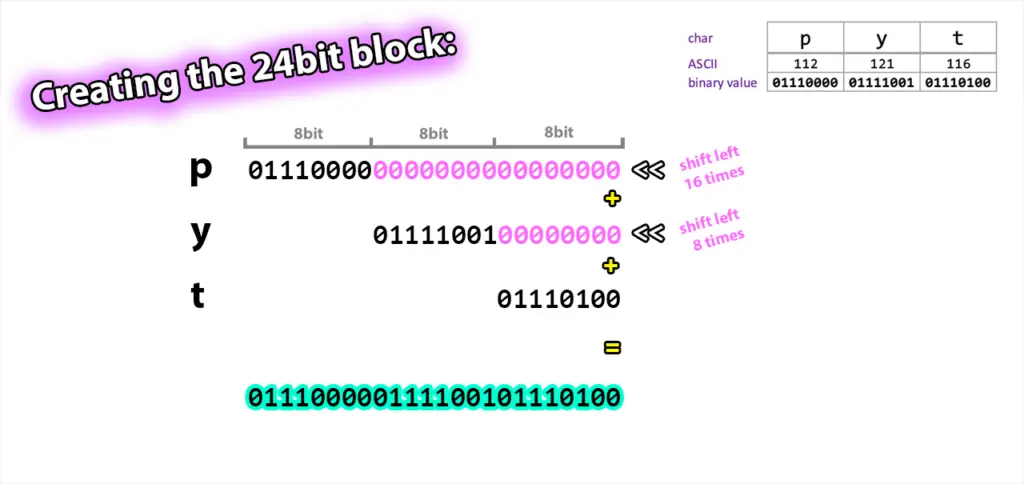
- PYTHON ECODE IMAGE IN BASE64 ENCODING HOW TO
- PYTHON ECODE IMAGE IN BASE64 ENCODING INSTALL
- PYTHON ECODE IMAGE IN BASE64 ENCODING CODE
Join today and get 150 hours of free compute per month. from PIL import Image from base64 import decodestring image omstring ('RGB', (width,height),decodestring (imagestr)) image.save ('foo.png') Since the imagestr is just the encoded png data. Spin up a notebook with 4TB of RAM, add a GPU, connect to a distributed cluster of workers, and more. Python mentions the following regarding this function: Decode the string s. Saturn Cloud is your all-in-one solution for data science & ML development, deployment, and data pipelines in the cloud. To decode an image using Python, we simply use the codestring (s) function. The problem is i need to convert the base64 data to image that i can encode using faceencodings. facerecognition.faceencodings(decodedBase64Data) And i have face encoded data list to compare.
PYTHON ECODE IMAGE IN BASE64 ENCODING HOW TO
We’ve seen how to decode a base64 string image in Python using the base64 module, how to display an image in a Jupyter Notebook using the IPython.display module, and how to open a base64 string image in a Jupyter Notebook without saving it to disk using the BytesIO class from the io module.īy following these steps, you can quickly and easily display base64 encoded images in Jupyter Notebook without the need to save them to disk. Input image file is base64 encoded, I'm trying to decode the data and. In this post, we’ve explored how to open a base64 string image in Jupyter Notebook without saving it to disk. The Image function takes the file-like object as input and displays the image in the Jupyter Notebook. In the example above, we use the BytesIO class to open the decoded image data as a file-like object. import base64 import numpy as np t np.arange(25, dtypenp.float64) s base64.b64encode(t) r codestring(s) q I want a python statement to set q as a numpy array of dtype float64 so the result is an array identical to t. split ( ',' )) # Open the image using BytesIO image_data = BytesIO ( decoded_image ) # Display the image Image ( image_data ) I hope you found what you were looking for from this python tutorial, and if you want more python tutorials like this, do join our Telegram channel to get updated.From IPython.display import Image from io import BytesIO # Example base64 string image base64_string = "data:image/png base64,iVBORw0KGgoAAAANSUhEUgAAA." # Decode the base64 string decoded_image = base64. f open ('img.png', 'wb') f.write (base64.b64decode (x)) f.close () import base64 image64decode codestring (x) imageresult open ('filename.png', 'wb') create a writable image and write the decoding result imageresult.write (image64decode) decodestring has been removed in late version.

Here are some more python programs you will find helpful:


PYTHON ECODE IMAGE IN BASE64 ENCODING INSTALL
To run this program you need to have python installed, if you don’t have, then read this: Install and setup python or you can use this online python compiler.Īfter running the program you will see that it create a image file in your folder and if you open it you will see the image, want to know how to convert image to base64 then read this article: Convert image to base64 in python.
PYTHON ECODE IMAGE IN BASE64 ENCODING CODE
With open('output.jpeg', 'wb') as img_file:Ībove is the code for converting base64 to image in python, we use the base64 decode method to decode the base64 string then we write the decoded string to a image file. In this tutorial I will show you how to convert base64 to image file using python, To convert base64 to image we will use the python library Base64 it allows us to decode base64 code, It comes preinstalled with python so you don’t have to install it. Python Programs Convert Base64 To Image In Python


 0 kommentar(er)
0 kommentar(er)
